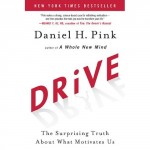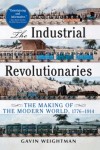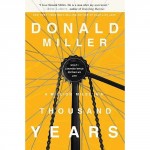22 Mar 2012
Posted by Dave under Book Review,Dave's Thoughts
Drive
Drive: The Surprising Truth About What Motivates Us by Daniel H. Pink, 2009, Riverhead (ISBN: 978-1594488849)
This is a very thought provoking book that complements other books that I’ve read over the past while. In particular, it complements the ideas found in The Element by Ken Robinson which I reviewed a couple of years ago. Like The Element, this was an audiobook, however this time I got distracted part way through and it took about 8 months to finish it off. Brenda and I listened to the last three chapters on a road trip to Lethbridge last weekend.
Dan Pink’s thesis is similar to Ken Robinson’s view that personal fulfillment is tied to having interest, passion and opportunity combine in a way that allows individual potential to be realized. In Drive, however, the idea is broader and looks to the source of personal motivation, the idea that each of us is best motivated to achieve a desired outcome when we are driven by autonomy, purpose and mastery. That is, when we choose (autonomously) to do something meaningful (that has purpose) through the exercise of our skills and strengths (mastery) we will persevere to accomplish our aims. This internal or “intrinsic” motivation is far more powerful than external (“extrinsic”) motivation – the carrot and stick approach. The majority of the book circles around this idea and supports it with fascinating research and examples
What struck a particular cord with me was how Pink argues that the industrial model of work and education that has been the norm over the past 3 or 4 generations is ill-suited for the creative, collaborative demands of the 21st century knowledge based economy. Mediocrity beckons to any of us that bow to the demands of the social systems that require compliance and “fitting in” as the prerequisites to getting into the “right” school, getting a good job in a cube farm and retiring with a fat pension. It isn’t the 1950’s anymore. I look at my kid’s school and it is all too clear that the purpose of public education is to bash the spark of creativity and individuality out of my children and shame them into conforming, fitting in and memorizing facts that they could look up on Google in a heartbeat. I don’t want my kids to learn compliance – I want them to be engaged in life, to think on their feet, to challenge the status quo and to seek purpose in something greater than themselves.
This clip, from The RSA, is where I first heard of Daniel Pink and Drive – it is well worth spending 10 minutes watching.



